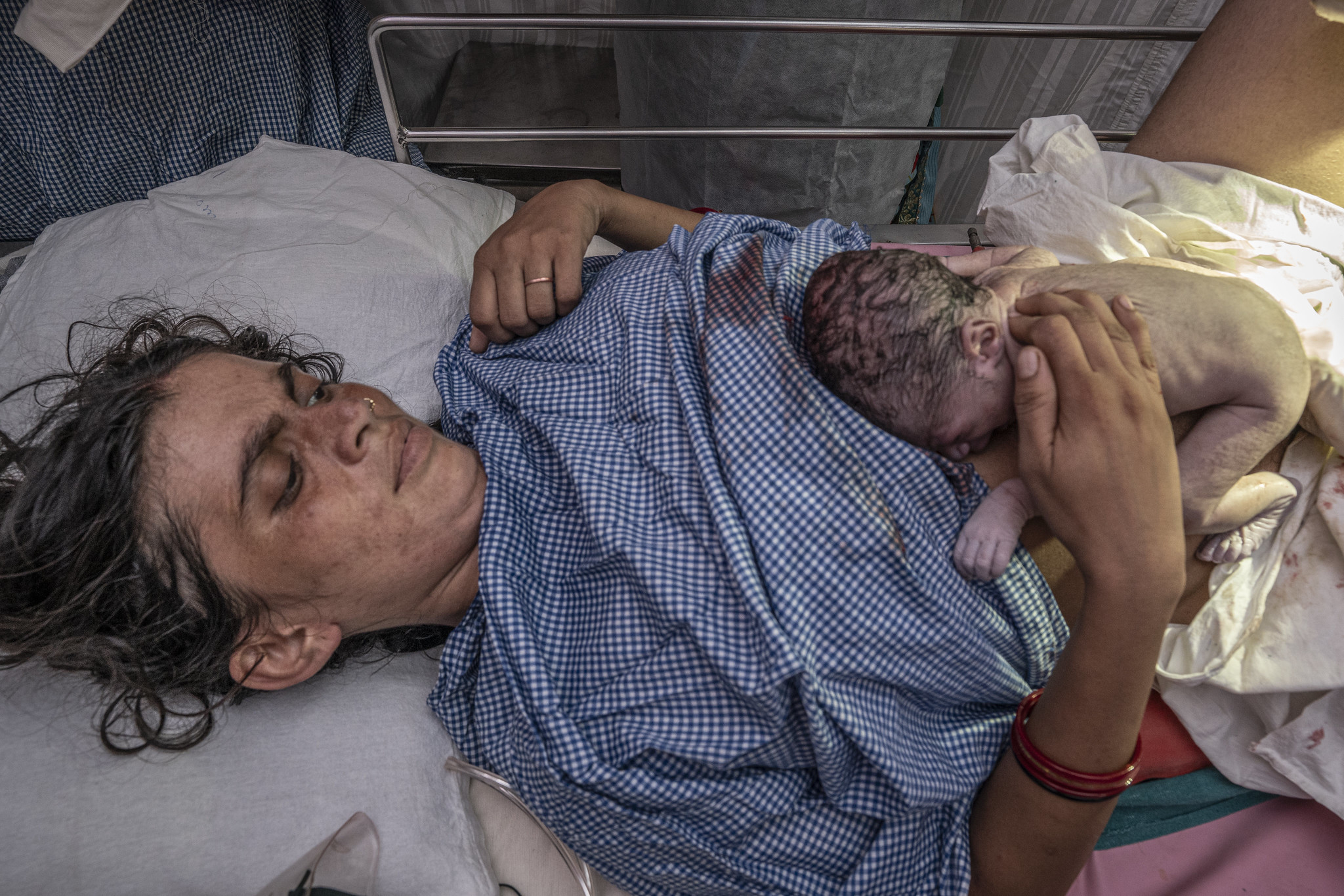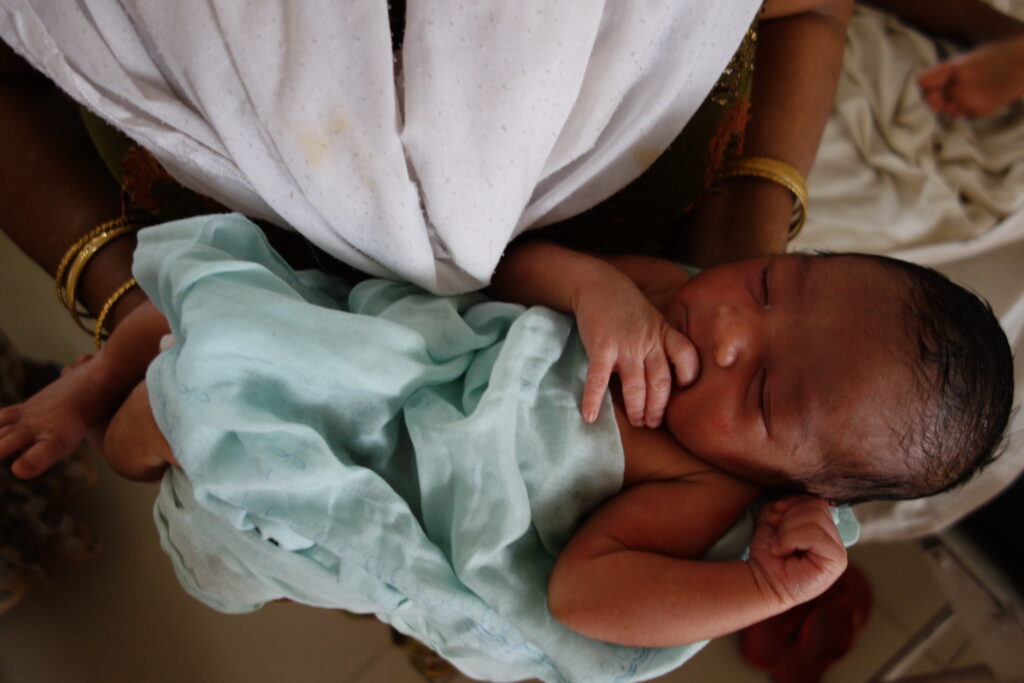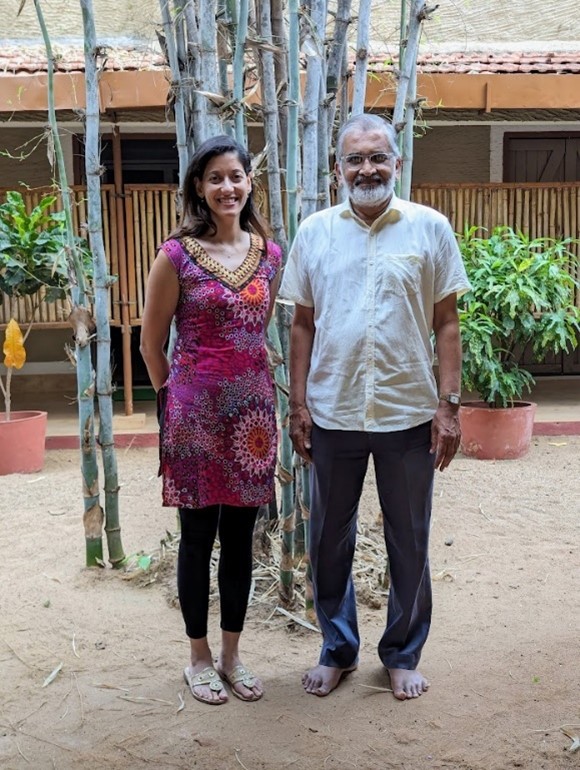
I first learned about Dr. Abhay Bang a dozen years ago, when I moved to Uttar Pradesh, India, to work on rural newborn health programs. I had just finished training in pediatrics in a tertiary academic hospital in Washington, D.C., so I had a lot to learn about rural newborn health in developing countries. Dr. Bang’s seminal papers were my compass.
Prior to Dr. Bang’s research, which he started in the 1990s, global health specialists didn’t give much thought to small and sick newborns born in rural villages—the prevailing assumption was they needed high-cost intensive care units to survive. Instead, they focused on lower-hanging fruit like vaccinations. Dr. Bang challenged this assumption. He showed that with home-based newborn care—providing support for breastfeeding, thermal care, infection detection and appropriate treatment with antibiotics—you could indeed save newborn lives. A lot of them. He lived the experience of the community, the women and families, he chose to serve.

A problem solver
When my family planned a trip to India this year for a family reunion, I decided it was time to meet the man who changed the way the world thinks about dying newborns. The 13-hour drive from my parent’s hometown in Pune, India, on the west side of Maharashtra State, to Dr. Bang’s home in Gadchiroli, on the east side, might deter the most steadfast. But I knew in my heart that I would be missing out on an important experience and professional lesson if I didn’t go.

Dr. Abhay Bang grew up in the late Mahatma Gandhi’s ashram. His father was an economics professor and part of Gandhi’s “Quit India Movement,” which called for an end to British rule. His mother was the principal at the school Dr. Bang attended, where students primarily learned through doing and living, rather than traditional classroom methods.
After his training, Dr. Bang forwent invitations from big institutions in Delhi. He chose instead to move to rural Gadchiroli, to immerse himself in the problems he was trying to solve and to “go to the villages of India,” as Gandhi had once instructed his followers, including Dr. Bang’s father.
Home-based newborn care
With a rich culture and tradition quite different from the rest of India, indigenous populations have historically been marginalized and denied basic rights. Even when a government hospital might be within reach, indigenous villagers tend not to go. Having lived in the community, Dr. Bang understood why.
He built a hospital where doctors did not wear white coats (the villagers wrap their dead in white). He built a temple at the entrance (they believe god is the primary healer, not doctors). He built the hospital as a series of thatched-roof huts that resembled a hamlet (to accommodate multi-generational family members, who typically care for the sick). And because the cultural practice of confinement prevented women who had recently given birth from seeking care, Dr. Bang brought the care to them via home-based newborn care. Dr. Bang and others conducted studies to determine if low birth weight and preterm babies could be cared for at home by their mother and a trained village health worker. The result was a 62% drop in the newborn mortality rate in intervention villages, compared to control villages.
Ground-breaking work relevant today
As newborn mortality rates declined worldwide, thanks in part to Dr. Bang’s ground-breaking work, global health specialists’ attention turned to health centers and hospitals to achieve further mortality reductions for newborns. It might be tempting to think Dr. Bang’s community approaches were no longer relevant, but I discovered during my visit that this is far from the truth.
The British finally left India in 1947, leaving behind a colonial health system that had all but extirpated India’s indigenous populations’ methods of health and healing. India has recently made great strides in the provision of health services in rural areas. But the study of medicine and public health in India remains rooted in principles and standards of the Global North, creating practitioners and systems that are ill-prepared to address the health of indigenous populations, which comprise nearly 9% of India’s population and have some of the poorest health outcomes in the country.
When I went to Gadchiroli, I was excited to meet the grandfather of newborn health. But as our conversation progressed, I realized what made Gadchiroli and Dr. Bang special wasn’t necessarily what he did for newborns. It was his general approach to health and health care in vulnerable, indigenous communities—mothers and babies included. Dr. Bang showed us what potential can be unlocked with deep understanding and respect for the ethnography, psychology and history of vulnerable populations. He has since successfully applied his inclusive methods to other areas of health, including orthopedics, reproductive health and non-communicable diseases.
During my visit, it became clear that the magic of Gadchiroli has been the call to “go to the villages”—in whatever form that may take. It is a call that has saved countless newborn lives and helped many of India’s most vulnerable live with better health and dignity.
Dr. Bina Valsangkar is Jhpiego’s Principal Technical Advisor Maternal Newborn Health.



